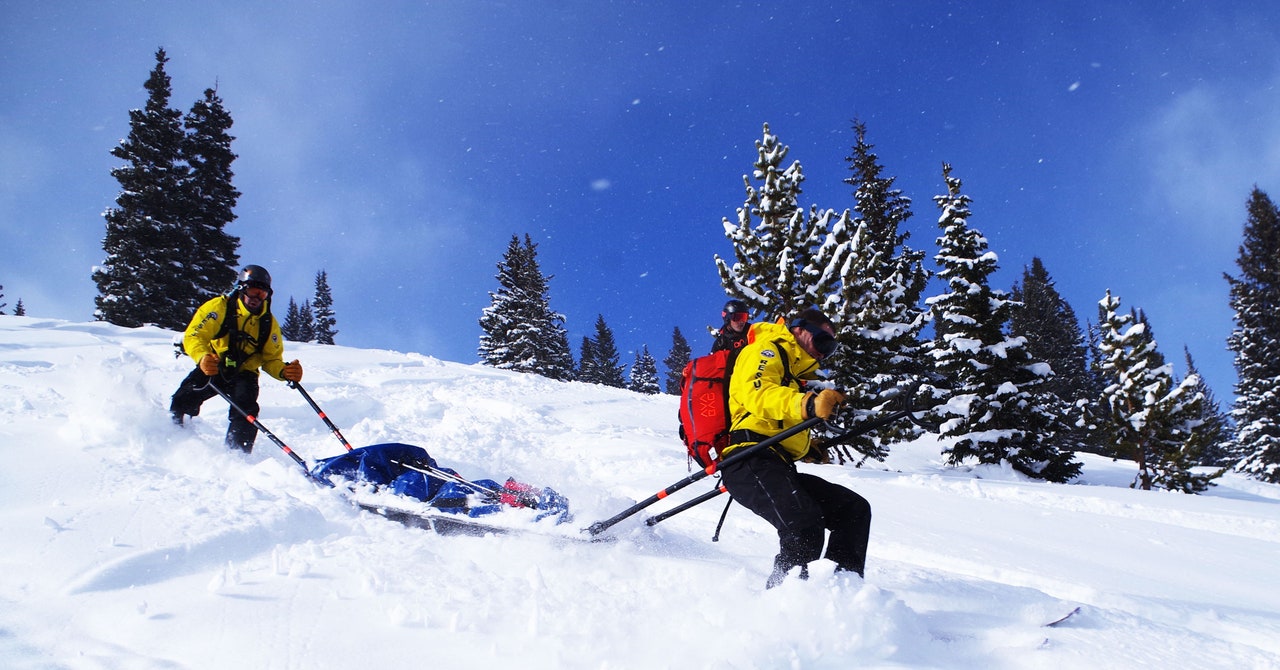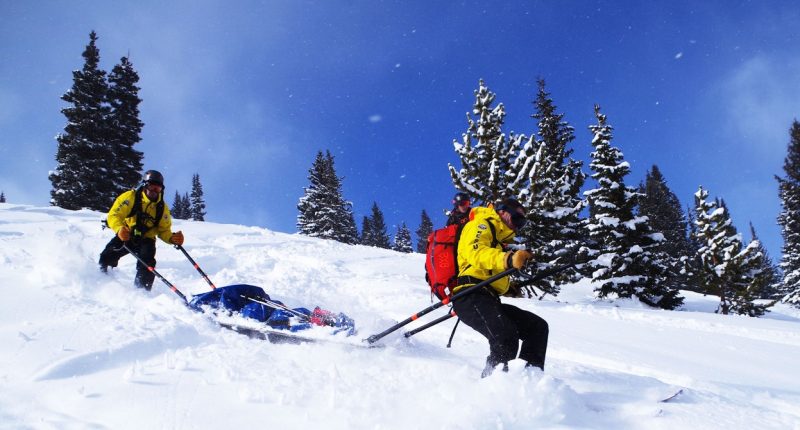

Many people meet Dale Atkins for the first time on their worst days—ice climbers who are stranded and injured, skiers that have been swallowed by an avalanche. Atkins, a skilled mountaineer as well as a climatologist and former weather and avalanche forecaster, is one of the experts on Colorado’s Alpine Rescue Team that local sheriffs call to the rescue.
In some ways, planning for and executing those rescues is becoming more complicated because of climate change. Weather fueled by climate change can elevate hazards on the mountain, whether through weird winter rain, blizzards, droughts, or summer wildfires. Each extreme impacts the landscape with a potentially fatal danger. And faced with such unpredictability, experts can’t shake the fear that their work is shifting away from recreational rescues toward disaster response.
“We know that our summers are getting longer and drier and warmer—and our winters are getting shorter and drier and warmer, too.” says Atkins, who has been part of the Alpine Rescue Team for 50 years. “But what we’re also seeing is the amplitude of the storms. We’re seeing the extremes more often. For us in mountain rescue, it’s those big storms that can cause us a lot of hard work.”
Despite a recent string of unseasonably hot and dry years, last winter blanketed the western US and Canada with historic snowfall. Colorado officials reported that 5,813 total avalanches caught 122 people and killed 11, the second-most deaths since records began in 1951. The National Oceanic and Atmospheric Administration, or NOAA, predicts a warmer and drier year this winter into 2024.
That could be both a good thing and a bad thing. One of the most lethal hazards in a winter landscape might come as a surprise: rain. As average winter temperatures creep up, rain falls higher up the mountain, where snow normally falls. These “rain on snow” events occur more at the start of winter and early spring, according to Ty Brandt, a snow hydrometeorologist with the Scripps’ Center for Western Weather and Water Extremes. Climate change could bring more.
The quandary here runs deeper than slushy snow and warm ski days. In certain alpine conditions, rainfall percolates down the upper layers of snowpack, and can refreeze and trigger avalanches. Pinning down precisely when and why each happens is still an open question, Brandt says.








